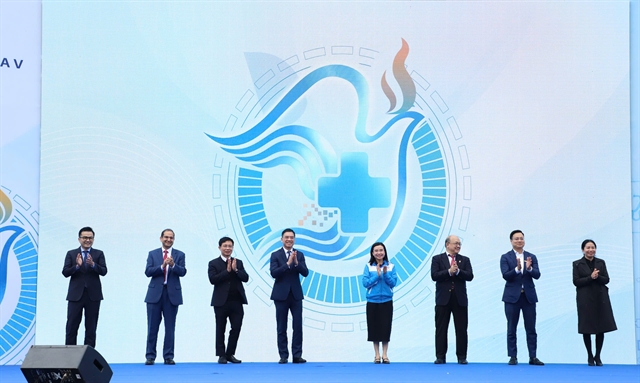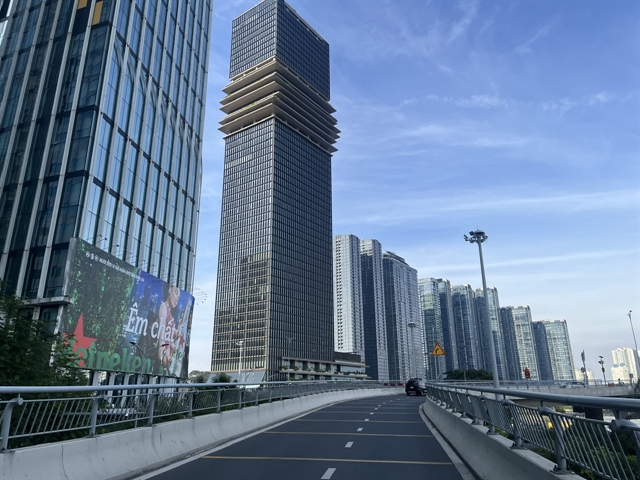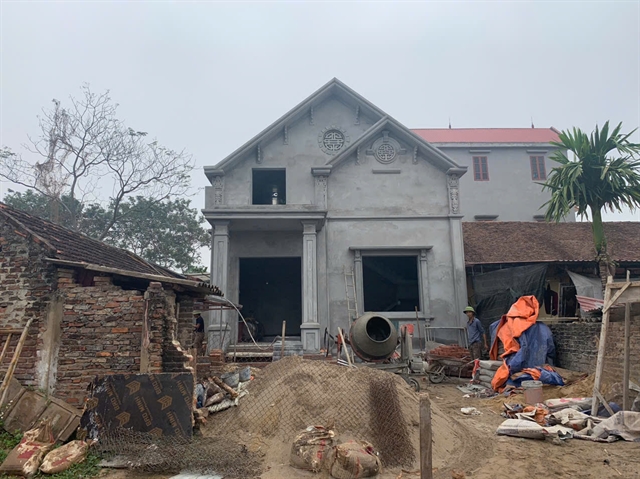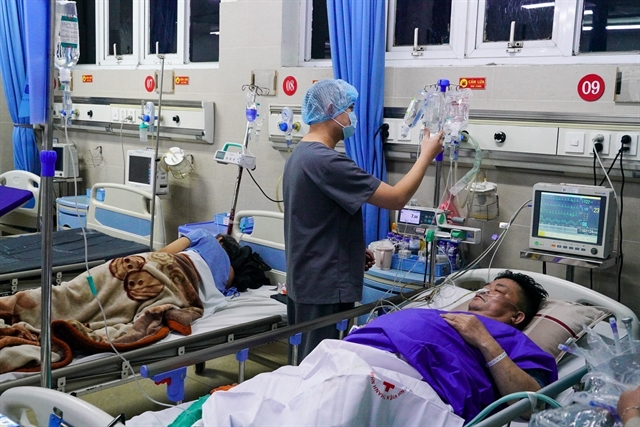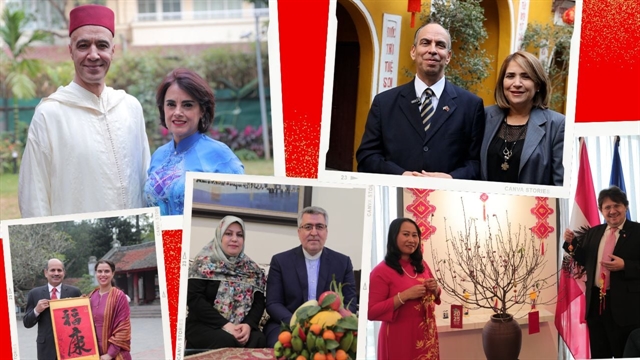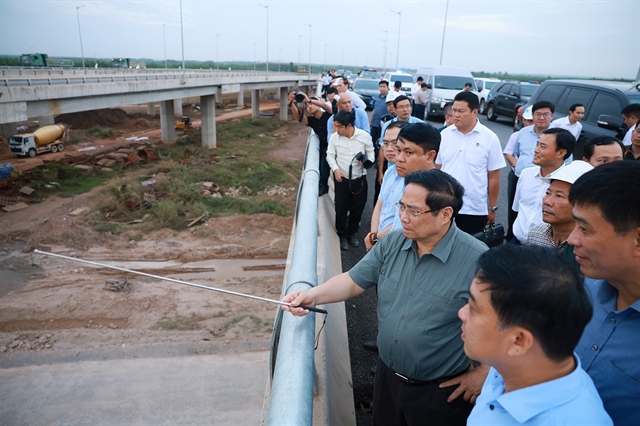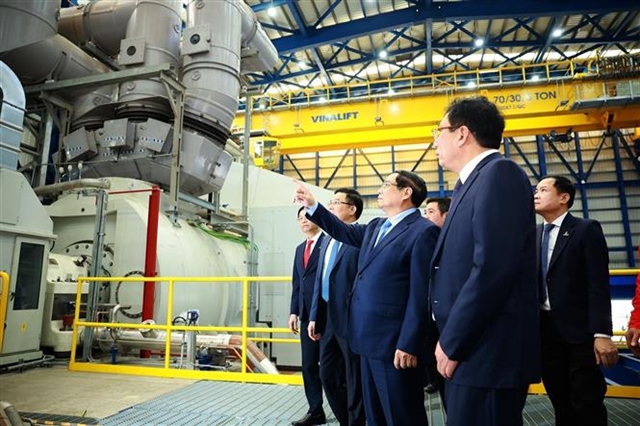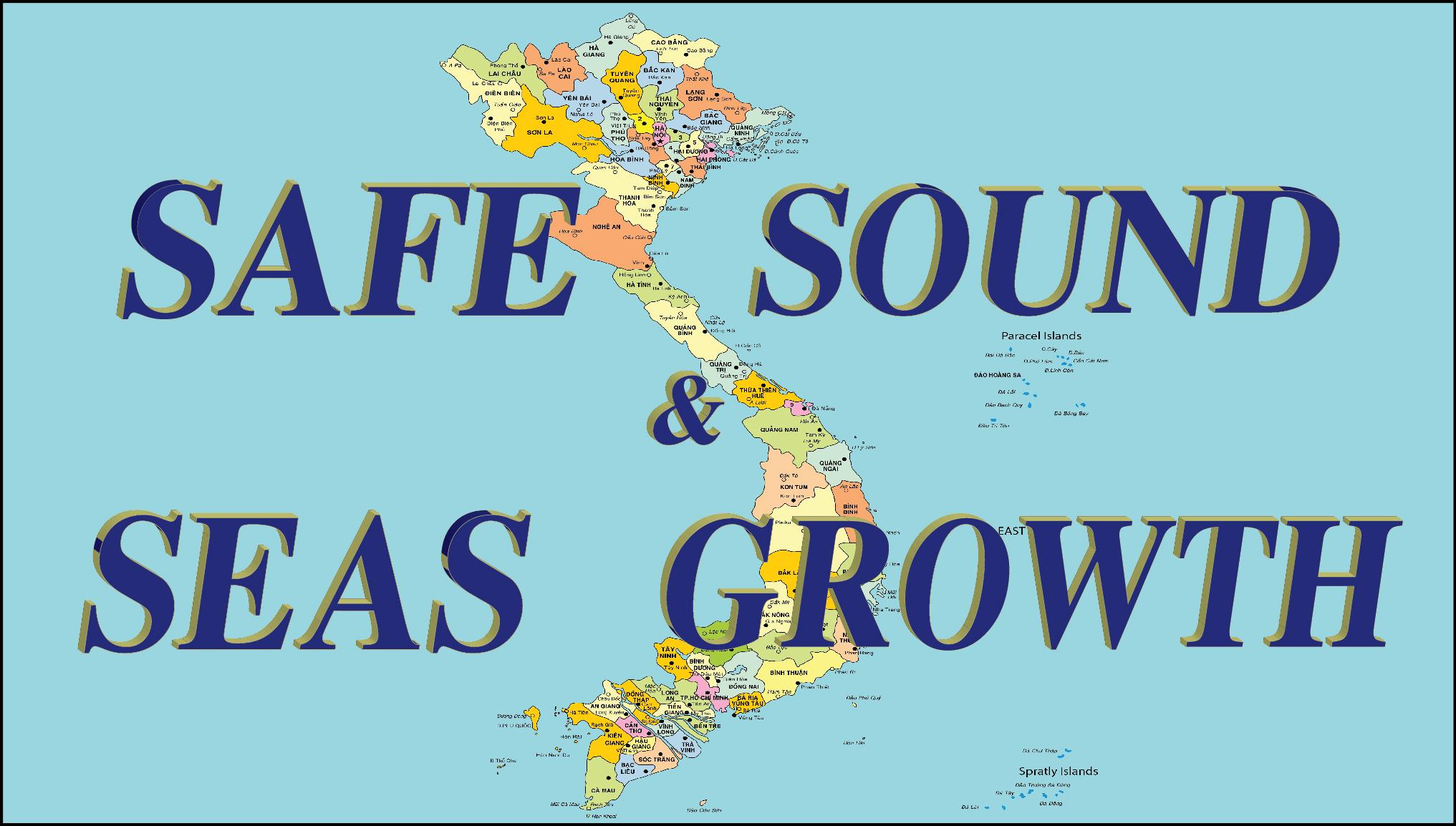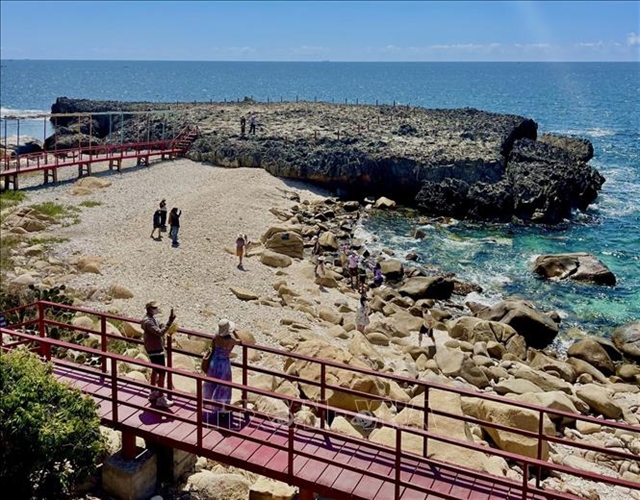 |
| Visitors explore the ancient coral reef at Hang Rái, located within the Núi Chúa Biosphere Reserve, Ninh Hải District, Ninh Thuận Province. — VNA/VNS Photo |
HÀ NỘI — Over the past 24 years, as a member of the World Network of Biosphere Reserves, Việt Nam has established 11 biosphere reserves recognised by UNESCO.
These reserves play a crucial role in conserving nature and biodiversity, protecting the environment, preserving cultural values and fostering socio-economic development at both local and national levels.
To advance the harmony between socio-economic development and nature conservation, the 'Mainstreaming natural resource management and biodiversity conservation objectives into socio-economic development planning and biosphere reserve management in Việt Nam' project (BR Project) has been implemented from 2019 to 2024.
Funded by the Global Environment Facility (GEF) through the United Nations Development Programme (UNDP), the project is led by the Biodiversity Conservation Agency under the Ministry of Natural Resources and Environment (MONRE), in collaboration with the management boards of Western Nghệ An, Cù Lao Chàm-Hội An, and Đồng Nai biosphere reserves.
The project focuses on addressing three key challenges, including strengthening the legal framework for biosphere reserve operations, enhancing the institutional and managerial capacity of biosphere reserves and raising stakeholder awareness of biodiversity loss and its associated threats. These measures integrate biodiversity conservation into socio-economic development planning.
Director of the Biodiversity Conservation Agency, Nguyễn Văn Tài, said that the project aligns with Việt Nam's commitment to the Kunming-Montreal Global Biodiversity Framework through 2030.
In the face of challenges posed by socio-economic development activities that threaten biodiversity and ecosystem sustainability in biosphere reserves, the project has driven policy and institutional improvements, fostered collaboration among stakeholders in planning and development and promoted sustainable natural resource management, biodiversity conservation and community livelihood models.
The project has achieved a 95 per cent disbursement rate of its master plan approved by MONRE.
The outcomes have significantly improved policies and guidelines for managing biosphere reserves in Việt Nam, integrating biodiversity conservation objectives into reserve planning and management.
The project has effectively managed over 1,266 million hectares of critical ecosystems, restored 4,005 hectares of degraded forest and protected 62,940 hectares of high-conservation-value forest.
Notable species population increases include coral reefs in Cù Lao Chàm-Hội An, gaur (Bos gaurus) and the yellow-cheeked gibbons in Đồng Nai, as well as white-cheeked gibbons in Western Nghệ An.
The project has also directly benefitted 3,125 households, representing over 11,500 community members - 40 per cent of whom were women.
Through sustainable livelihoods such as eco-tourism, native plant cultivation and environmentally-friendly livestock farming, household incomes have increased by at least 20 per cent, bolstering community resilience and enhancing environmental management.
Capacity-building and awareness-raising have been integral to the project's success.
Over 4,200 individuals, including 44 per cent women, have been trained in biodiversity-friendly activities, equipping communities with the knowledge and skills for sustainable resource management.
Additionally, biodiversity impact assessments have been integrated into 100 per cent of new development projects in the three biosphere reserves.
These achievements underscore the effectiveness of innovative and comprehensive approaches to conservation, safeguarding ecosystems for both nature and human welfare.
UNDP Deputy Resident Representative in Việt Nam, Patrick Haverman, commended the BR Project for its ambition to harmonise biodiversity conservation with sustainable development.
He emphasised the importance of placing people at the centre of conservation efforts.
"Empowering communities and promoting sustainable livelihoods can create a future where humans and nature thrive together," Haverman said.
Building on the successes of the BR Project, UNDP remains committed to collaborating with MONRE and other stakeholders in Việt Nam on future initiatives.
These include the 'Promoting wildlife conservation and responsible nature-based tourism for sustainable development in Việt Nam' project and the 'Sustainable forest and forest land management in the Ba River basin landscape' project.
Such efforts aim to further solidify Việt Nam’s role in fulfilling its international and domestic commitments to biodiversity conservation and natural resource management.
Since its inception in 1976, the World Network of Biosphere Reserves has expanded to include 759 reserves spanning 136 countries, providing a habitat for over 300 million people globally. — VNS
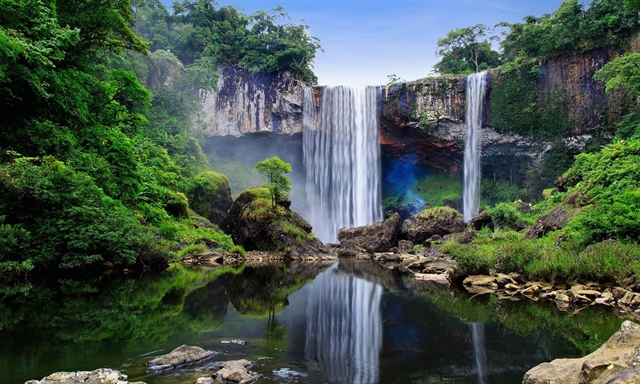 Features
Features

.jpg)

